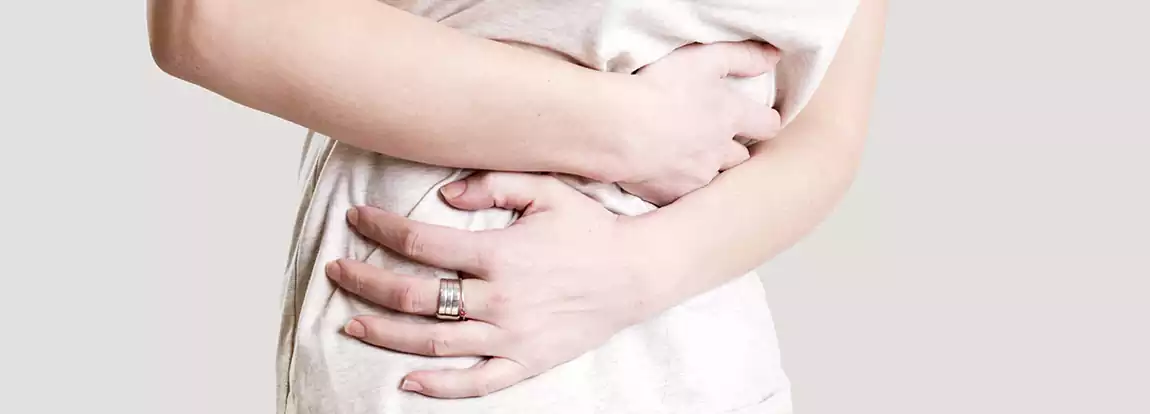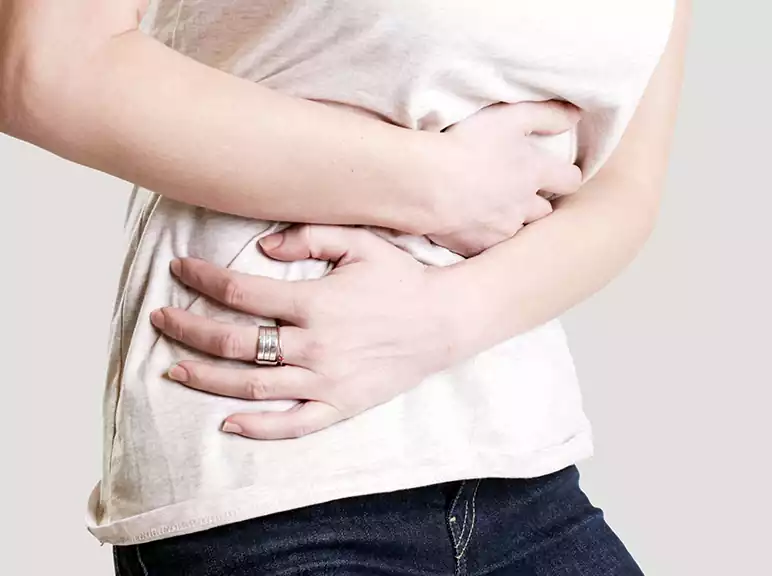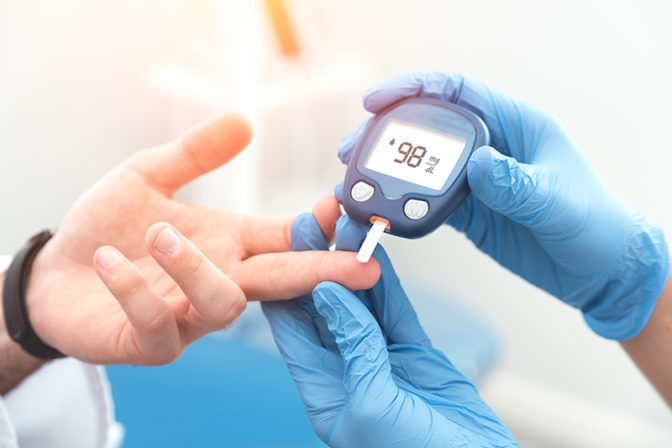Chronic pelvic pain
Chronic pelvic pain:
A pain in the pelvic area that continues for six months or longer. Chronic pain may come and go, or it may be constant. Chronic pelvic pain sometimes follows a regular cycle. It may occur during menstruation, for example. It can also happen only at certain times, such as while urinating, before or after eating, or during intercourse.
CAUSES
A wide variety of conditions could cause chronic pelvic pain. Some of these conditions could not be related to reproductive organs, but the bowel or the urinary tract. Some women have more than a condition that could be the cause of their pain. There is no cause for some women with chronic pelvic pain.
Conditions with the reproductive system that may cause chronic pain
- Endometriosis. It is when the tissue lining the interior of the uterus begins to grow outside of the uterus.
- Adenomyosis. It is when the lining in the uterus begins to grow into the uterine muscle.
- Non-cancerous (benign) tumours of the uterus, like fibroids or polyps
Other conditions in the pelvic area that can cause chronic pain
- Scar tissue (adhesion) inside the pelvis and the belly. It is generally caused by pelvic inflammatory disease, radiation therapy, or surgery.
- Bowel problems, for example, irritable bowel syndrome.
- Urinary tract problems, for example, bladder inflammation.
- Various cancers this happens in the pelvic area.
- Muscle spasm or Muscle pain in the lower abdominal wall muscles, it is sometimes linked to previous surgery in that area.
- Pelvic congestion syndrome. It is a condition caused when the veins in the pelvis do not drain properly and, as a result, get enlarged or twisted.
- Pudendal neuralgia. It is a rare nerve problem that runs through the pelvic region, including the genitals, the urethra, the anus, and the area between the anus and the genitals (perineum).
- Referred pain from the abdomen, hip, or lower back, which can cause pain in the pelvic area
SYMPTOMS
The type of pain may vary widely and may or may not be related to menstrual periods. Chronic pelvic pain may include:
- Pain ranging from mild to severe.
- Pain ranging from dull to sharp.
- Extreme cramping during periods.
- Pain during sex.
- Pain when you have a bowel movement.
- Pain in certain positions or postures.
Chronic pain may make it hard to work, sleep or enjoy life. It could lead to depression. Depression will make you feel depressed or helpless, eat and sleep a little, and move slowly.
DIAGNOSIS
Your health care provider shall ask about your medical history. You’ll have a physical examination; Testing can also be done to find the cause. Other specialists may also need to know the cause of your pain, such as a gastroenterologist (a doctor who focuses on digestive problems) or a urogynecologist (a gynaecologist who specializes in urinary and related problems).
What tests can be done to help diagnose chronic pelvic pain?
- Ultrasound
- Laparoscopy
- Cystoscopy
- Colonoscopy
- Sigmoidoscopy
METHODS used to RELIEVE chronic pelvic pain
Several pain-relief measures can be used to cure chronic pelvic pain. These include drugs, physical therapy, nutritional therapy, and surgeries:
- Lifestyle changes—Good posture and regular exercise can help reduce pelvic pain.
- Pain-relieving drugs — (NSAIDs) Nonsteroidal anti-inflammatory drugs help alleviate pelvic pain, especially dysmenorrhea.
- Physical therapy — Acupressure acupuncture, and nerve stimulation therapy may be helpful in the treatment of dysmenorrhea-related pain. Physical therapy that relieves trigger points may relieve muscle pain. Some sorts of physical therapy teach mental techniques to cope with pain. Such kinds include relaxation and biofeedback exercises.
- Nutrition therapy—Vitamin B1 and magnesium can be used to relieve dysmenorrhea.
- Surgery — Pelvic pain that does not respond to other treatments may be relieved by surgery. Cutting or destroying nerves blocks the signals of pain from reaching tissues and organs.
TREATMENT
If your doctor has found a problem that could cause your pelvic pain, you will be treated for that problem. Some common treatments are:
- Birth control pills or hormone treatment for conditions related to your periods.
- Surgery to remove a cyst, growth, or tumour
- Medicine to treat the condition, such as medicine for irritable bowel syndrome or an antibiotic for infection or
Chronic pain can become a medical problem on its own. Whether or not a cause is identified, your doctor may suggest treatments to help you manage your pain. You can get the best result from a combination of treatments, such as:
- Pain relievers called NSAIDs, such as ibuprofen (like Advil or Motrin) or naproxen (like Aleve). You can get these over the counter for a charge, or the doctor may prescribe stronger ones. These medicines work best if you take it regularly, not just when you’re having pain. Your doctor will advise you how much you can take and how often to take it. Be safe with your medicines. Read and follow the instructions and directions on the label.
- Tricyclic antidepressant or anticonvulsant medicine that can help with pain and depression
- Cognitive behavioural therapy or biofeedback, to help you change the way you think or respond to pain.
- Counselling, to reduce stress and to give you emotional support.
- Physiotherapy, to improve your posture, to help you relax your muscles and be more active.
- Pain relievers that are injected (local anaesthetic) in specific areas to help with pain and discomfort.
You may need to try a lot of treatments before you find the ones that will help you the most. If the things you’re using aren’t working well, ask the doctor what else you can do. Taking an active interest in your treatment may help you to feel more hopeful.








